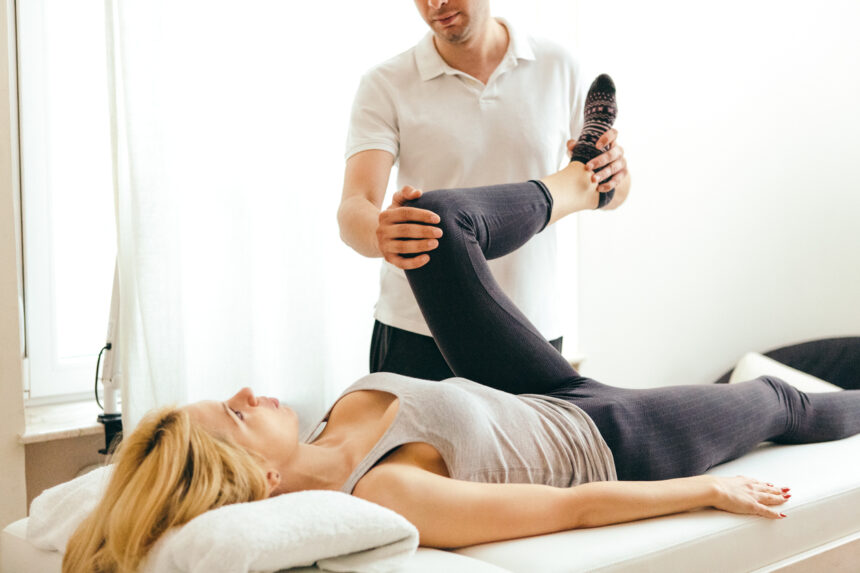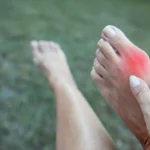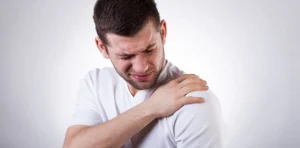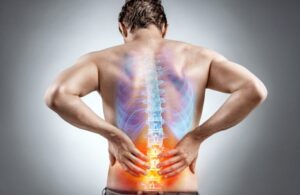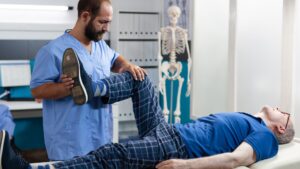Physical therapy plays a critical role in the recovery process following an orthopedic diagnosis or procedure. Whether a patient is recovering from surgery, managing a joint condition, or healing from an injury, guided movement helps rebuild strength and restore mobility. Orthopedic care focuses on treating the musculoskeletal system, and physical therapy complements that by addressing function, flexibility, and pain. When patients begin therapy early and follow a structured plan, they often regain movement faster and with fewer setbacks. Coordinated treatment between orthopedic specialists and physical therapists supports long-term outcomes.
Starting the Process With an Evaluation
Before physical therapy begins, patients typically undergo a detailed evaluation to assess their current range of motion, strength, and pain level. Therapists also consider medical imaging, surgery details, and any restrictions set by the orthopedic provider. This information forms the basis of a personalized care plan that may include exercises, manual techniques, and functional movement training. For some patients, the focus is regaining normal walking patterns; for others, it may be rebuilding joint stability or addressing muscle imbalance. Each plan is adjusted as recovery progresses, allowing for flexibility based on the body’s response.
Exercises That Rebuild Function
One of the most visible aspects of physical therapy is exercise. Patients engage in stretching, balance work, and strength training designed to improve joint support and mobility. For those recovering from surgery, early movement reduces stiffness and prevents complications such as blood clots or muscle atrophy.
Weight-bearing exercises are introduced gradually, depending on the healing timeline. These sessions focus on safe progress without placing undue strain on healing tissues. Orthopedic therapists teach patients how to move efficiently to avoid reinjury, making these sessions both corrective and educational.
Manual Therapy and Pain Reduction
In addition to active exercises, therapists often use hands-on techniques to reduce pain and improve movement. Manual therapy may include soft tissue mobilization, joint manipulation, or trigger point release. These interventions increase circulation and promote healing in affected areas. When combined with exercise, they often lead to more significant improvement than either approach alone. Patients may notice reduced swelling, less stiffness, and improved comfort during daily activities. This aspect of orthopedic therapy supports tissue recovery and builds patient confidence in using the affected area again.
The Role of Education in Therapy
Physical therapy also includes a strong educational component. Patients learn how their condition developed, which habits or movements may worsen symptoms, and how to modify activity to support healing. Instruction often includes techniques for proper lifting, walking posture, or stair navigation.
In orthopedic cases, knowing what to avoid is just as valuable as knowing which exercises to perform. Therapists also explain the reasoning behind each movement, helping patients stay engaged and motivated. This approach empowers individuals to manage their recovery and reduce dependence on medical intervention over time.
Orthopedic therapy doesn’t always end when pain disappears or surgery heals. Long-term success depends on building sustainable movement habits that protect joints and muscles from future injury. Many patients continue strength and mobility exercises after formal therapy concludes.
Build Independence Through Orthopedic Movement
Orthopedic recovery focuses not just on healing, but on regaining independence in everyday life. Physical therapy gives patients tools to move, work, and live without relying on others for basic tasks. Whether it’s returning to walking without pain, climbing stairs, or getting back to recreational activities, therapy helps bridge the gap between injury and full function. These gains are often gradual, but they represent major steps forward in quality of life. Physical therapy remains a powerful ally in the orthopedic recovery process, offering both structure and progress when patients need it most.


